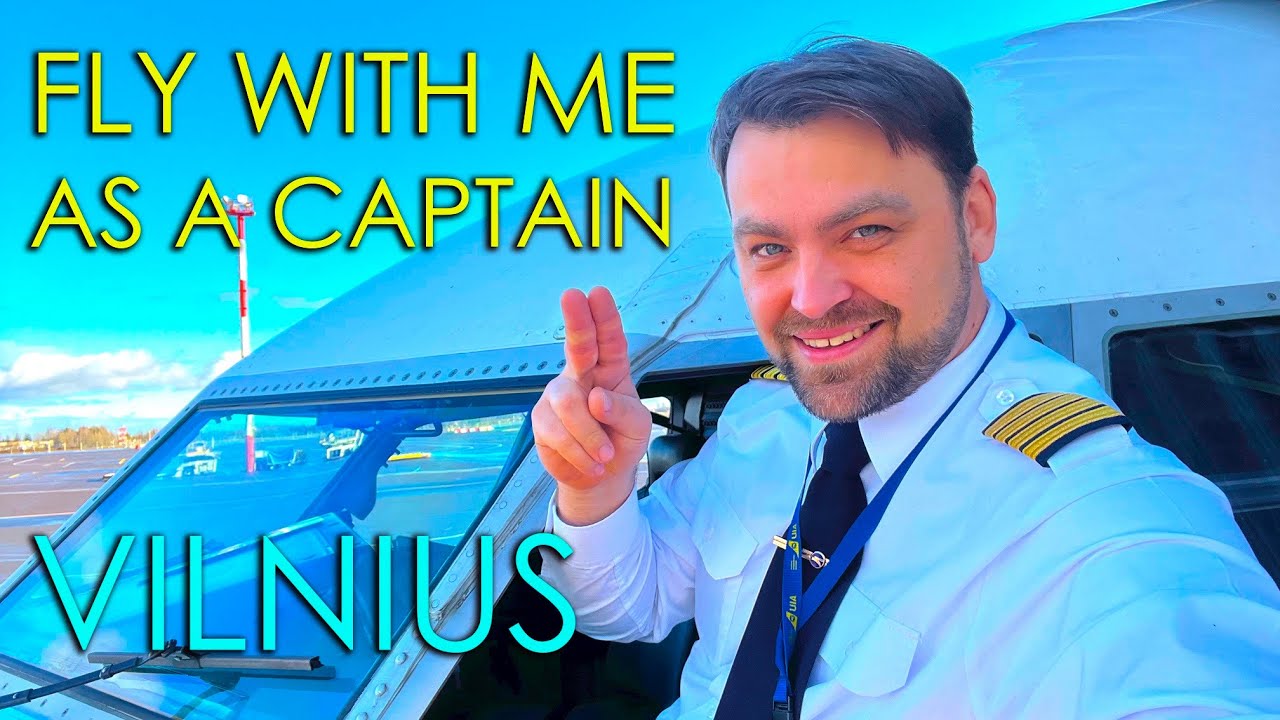Sin Combustible Sobre el Amazonas (Reconstrucción) Vuelo 254 de VARIG
Summary
TLDROn September 3, 1989, a Boeing 737-200, flight 254, operated by VASP, faced a tragic end after taking off from Marabá airport. The flight, with 54 people on board, was supposed to be a routine journey to Belém. However, due to a misinterpreted flight plan and a series of navigational errors, the plane flew into an unauthorized airspace, leading to a loss of communication and disorientation. Despite attempts to locate their position and reach Belém, the pilots, Captain César Padula Garcés and First Officer Nilson de Souza Silveira, struggled with incorrect signals and equipment malfunctions. Tragically, after three hours of flight and running out of fuel, the plane crashed into the Amazon rainforest, resulting in 12 fatalities. The incident highlighted critical issues in flight plan visualization and cockpit oversight, leading to significant changes in aviation safety protocols.
Takeaways
- ✈️ The events begin on September 3, 1989, at the Belén International Airport, Brazil, where a flight became overdue, raising concerns among air traffic controllers.
- 🛑 Operations at the airport were disrupted, with outgoing flights canceled and incoming flights diverted as the missing plane posed a safety risk.
- 🛫 The flight in question was a Boeing 737-200 with 54 people on board, which had started in São Paulo, making several stops before heading to Belén.
- 👨✈️ Captain César Padula Garcés, with 6,928 flight hours, misinterpreted the flight plan and set the wrong heading for the flight, leading it off course.
- 📡 During the flight, the pilots lost communication and were unable to receive radio signals, leading them to believe they had a serious equipment failure.
- 🌲 As the plane flew off course over the Amazon rainforest, the pilots failed to recognize the geography, mistaking the Xingu River for the Amazon River.
- 💡 The pilots continued to rely on faulty signals from radio stations far from Belén, which further confused their position.
- ⚠️ Fuel levels became dangerously low after more than three hours of flight, and the pilots, realizing they were lost, prepared for an emergency landing.
- 💥 The plane eventually ran out of fuel and crash-landed in the Amazon jungle. Of the 54 people on board, 12 were fatally injured.
- 🏥 The surviving passengers and crew, including the two pilots, were found after a two-day search. The crash was later attributed to pilot error and misinterpretation of the flight plan.
Q & A
What was the date and time of the incident mentioned in the transcript?
-The incident occurred on September 3, 1989, at 6:40 PM.
Which airport was the flight departing from and what was its final destination?
-The flight was departing from the Regional Airport of Marabá and its final destination was Belén.
What was the aircraft model involved in the incident?
-The aircraft involved was a Boeing 737-241 Advanced, registered as PP-VBMI.
How many people were on board the aircraft?
-There were a total of 54 people on board, including passengers and crew.
What was the experience of Captain César Padula Garcés in terms of flight hours?
-Captain César Padula Garcés had accumulated a total of 6,928 hours of flight experience, with 980 hours on the Boeing 737.
What was the initial error made by the flight crew that led to the incident?
-The initial error was misinterpreting the four-digit number in the flight plan as a heading of 270 degrees, which led to the aircraft flying in the wrong direction.
What was the role of the first officer in the cockpit, and what was his experience?
-The first officer, Nilson de Souza Silveira, was responsible for assisting the captain and had a total of 884 hours of flight experience, with 442 hours on the Boeing 737.
What was the reason for the communication problems the flight crew experienced?
-The communication problems were due to the aircraft flying in an unauthorized airspace and not receiving signals from the ground radio aids, as well as not being able to establish contact with air traffic control.
How did the flight crew attempt to resolve their navigational issues?
-The flight crew attempted to resolve their navigational issues by trying to establish communication with air traffic control, seeking help from another flight, and using on-board equipment such as ADF and NDBS to find their location.
What was the final outcome of the flight?
-The flight ended in a crash in the Amazon rainforest after flying for over 3 hours and running out of fuel, resulting in 12 fatalities.
What was the legal consequence for the pilots involved in the incident?
-The pilots were initially sentenced to 4 years in prison, which was later changed to community service.
Outlines

Esta sección está disponible solo para usuarios con suscripción. Por favor, mejora tu plan para acceder a esta parte.
Mejorar ahoraMindmap

Esta sección está disponible solo para usuarios con suscripción. Por favor, mejora tu plan para acceder a esta parte.
Mejorar ahoraKeywords

Esta sección está disponible solo para usuarios con suscripción. Por favor, mejora tu plan para acceder a esta parte.
Mejorar ahoraHighlights

Esta sección está disponible solo para usuarios con suscripción. Por favor, mejora tu plan para acceder a esta parte.
Mejorar ahoraTranscripts

Esta sección está disponible solo para usuarios con suscripción. Por favor, mejora tu plan para acceder a esta parte.
Mejorar ahoraVer Más Videos Relacionados

Unforgivable!! The Tragic tale of Air Algérie Flight 6289

Budaya Kerja Korea Menjadi Tragedi KoreanAir 8509

Patna के रिहायशी इलाके में जब Plane गिर गया था | Plane Crash | Tarikh Ep.758

How Air India Flight Crashed Just After Take Off | Plane Crash | Ahmedabad | India Today

A Day in the LIFE as an Airline Pilot | Flight to Vilnius on B737 [HD]

NYOBAIN MASKAPAI BARU BBN AIRLINES INDONESIA | 0B - 762 SUB - CGK #Landingnya Smooth Banget
5.0 / 5 (0 votes)
